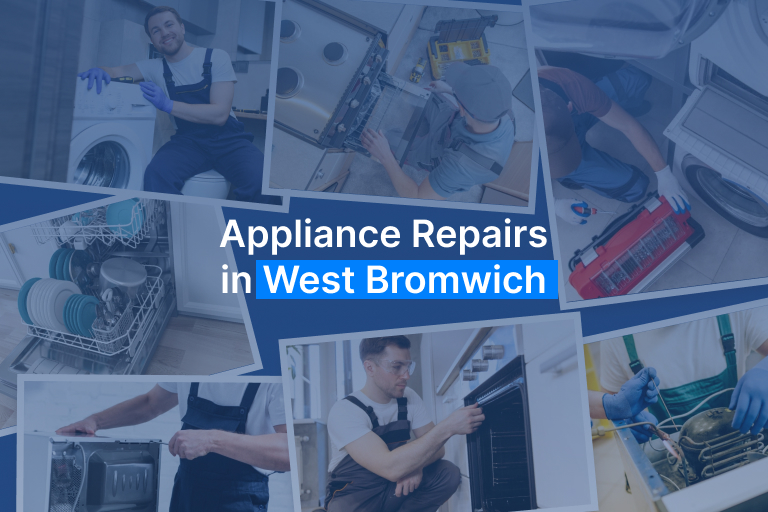Many people have always wanted to build a home, but conventional building techniques can make this goal drawn-out, costly, and tedious. Due to unforeseen weather delays and soaring material costs, homeowners may wait months or even years before they can move in. However, what if there was an improved method? A method to acquire a sturdy, high-quality home without dealing with the typical on-site construction problems?
Prefabricated modular homes are a better, quicker, and more effective way to meet today’s housing demands. These cutting-edge buildings are revolutionizing how people think about building homes by combining cost, convenience, and sustainability.
What Are Prefabricated Modular Homes
An innovative idea in contemporary design and construction is the prefabricated house, sometimes called a “prefab home.” Prefab houses are developed using a methodical technique that entails producing numerous components off-site in a controlled factory environment, unlike traditional construction methods, which complete dwellings on-site. After being brought to the final location, these parts are painstakingly put together to produce a completely functional and aesthetically beautiful home.
Modular construction is one of the features that sets prefabricated homes apart from the competition. The house is separated into several components that are meticulously pre-engineered and constructed. Walls, floors, roofs, doors, windows, and even integrated plumbing and electrical systems are all included in these buildings. To guarantee structural integrity, energy efficiency, and general comfort, each builidng is meticulously engineered to fit together smoothly.
Construction of Prefabricated Modular Homes
The effectiveness of the building process is one of the main benefits of modular homes. Prefabricated structures are constructed indoors, unlike conventional on-site building techniques, which are impacted by erratic weather patterns and supply chain problems. This guarantees a high-quality, efficient, and weatherproof manufacturing process:
- Design and Planning: The initial stages in constructing a modular home involve design and planning. The modular home manufacturer works with the owner to develop a residence that aligns perfectly with their preferences and needs. The builder will create a comprehensive plan and drawings for the home by using different technologies .
- Factory Construction: The modular home is constructed in a factory environment after the design and planning stage. The factory operates with an assembly line where each facility is built in a distinct section. Traditional building materials like wood framing, drywall, insulation, and roofing create the building. Each facility is designed to comply with local or state building codes and regulations.
- Quality Control: A rigorous quality assurance system is implemented to inspect every phase of the construction process, ensuring that each facility meets the highest standards of quality and craftsmanship.
- Transportation: When the buildings are completed, they are transported to the construction site using flatbed trucks. The buildings are typically transported individually and may require special permits and escorts. They are secured to the trucks to avoid any damage during transport.
- Assembly: Upon arrival at the construction site, the facility is assembled on a pre-prepared foundation. A crane positions the building, after which they are anchored to the ground and connected. The plumbing and electrical systems are linked, and the walls and roof are sealed to ensure the house is weatherproof.
- Finishing: This step includes completing the interior and exterior of the home by installing items such as cabinets, flooring, fixtures, and more.
- Inspection: Modular homes must adhere to the same building codes and regulations as traditional site-built homes and require inspection by local authorities before they can be occupied. Once the modular home meets inspection approval, it becomes ready for the homeowners to move in.
Why Opt for Prefabricated Structures
Here we have listed why prefabricated structures are becoming more and more popular?
The following are the causes:
- Reduced Waste: Conventional building sites are hazardous and dusty. The entire process for prefab construction moves to a factory, where building components are cut and assembled in a controlled setting. The new technique minimizes offcuts and leftover materials, drastically decreasing construction waste. This is a remarkable accomplishment for our resource-conscious world.
- Increased Efficiency: The infrastructure sector has one of the most extended work-completion cycles, as we all know, and India is no exception. In addition, time is money, and project delays can result in significant cost increases.The new concept calls for the prefabricated units to be delivered to the assembly location. It significantly reduces the overall building time. With less on-site labor and less disturbance to nearby communities during construction, this is the ideal alternative for metropolitan environments.
- Enhanced Quality Control: Prefabricated homes undergo stringent quality inspections in production. This helps verify that it complies with building codes and guarantees consistent quality. As a result, the constructions are more robust and have fewer flaws. There are further justifications for favoring modular structures. Waste can be cut down, materials can be recycled, and environmental harm can be minimized. Furthermore, these are not restricted to only transient structures. They can be used to construct roadways, residential residences, various buildings, and commercial complexes.
The Future of Housing: Prefab is Here to Stay
The need for quick, economical, and environmentally friendly housing options will only increase as urbanization speeds up. An excellent balance of cost, creativity, and environmental awareness may be found in prefabricated modular homes. Modern Indian life is about to be redefined by the move toward prefab structures, or modular cabins which are being spearheaded by enterprises such as Solvabuild.
Prefab buildings are the best option if you want an affordable, energy-efficient house constructed with little effect on the environment. Prefabricated modular homes are helping to make the sustainable housing of the future a reality. The future of housing is not just about luxury.



